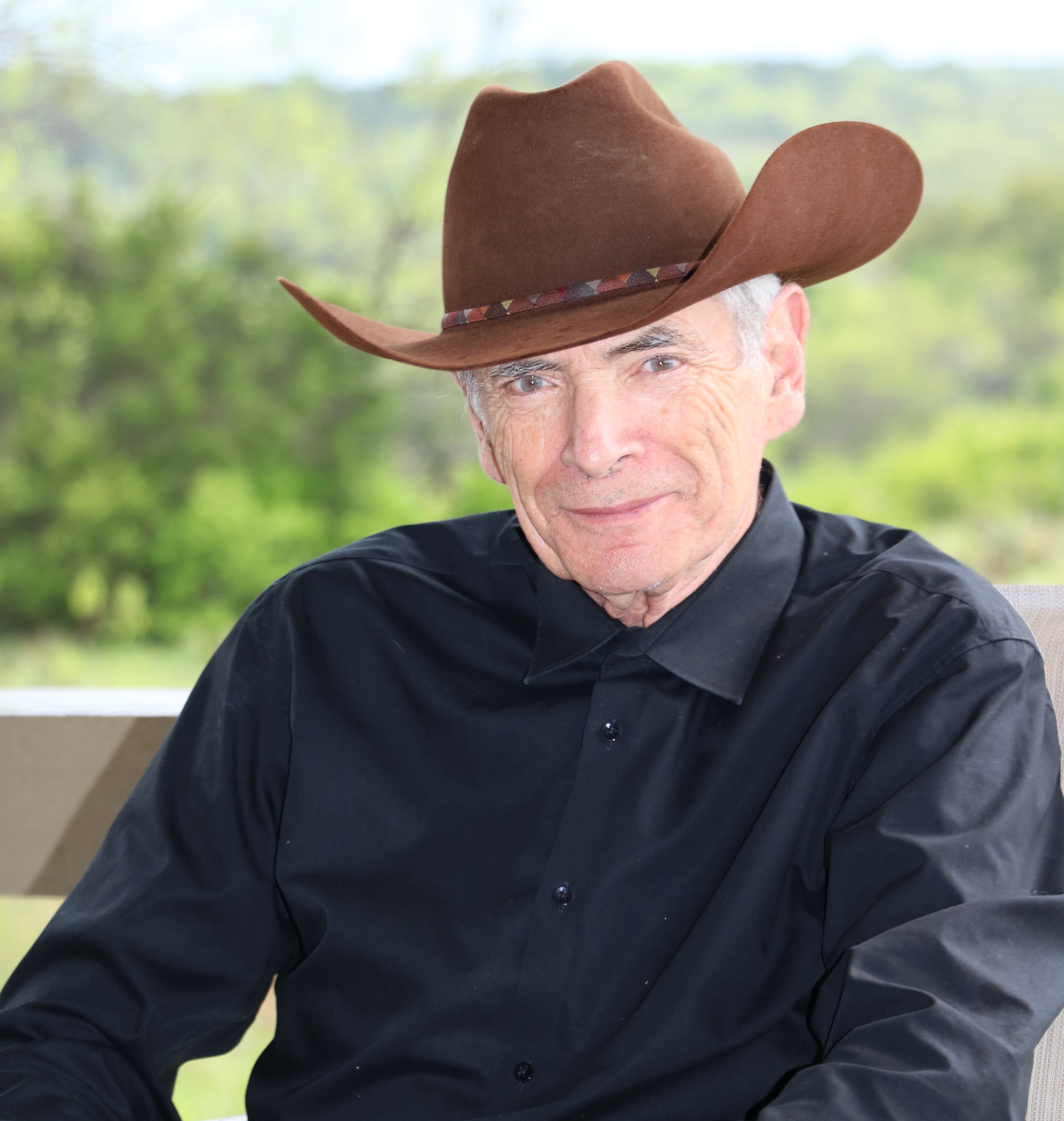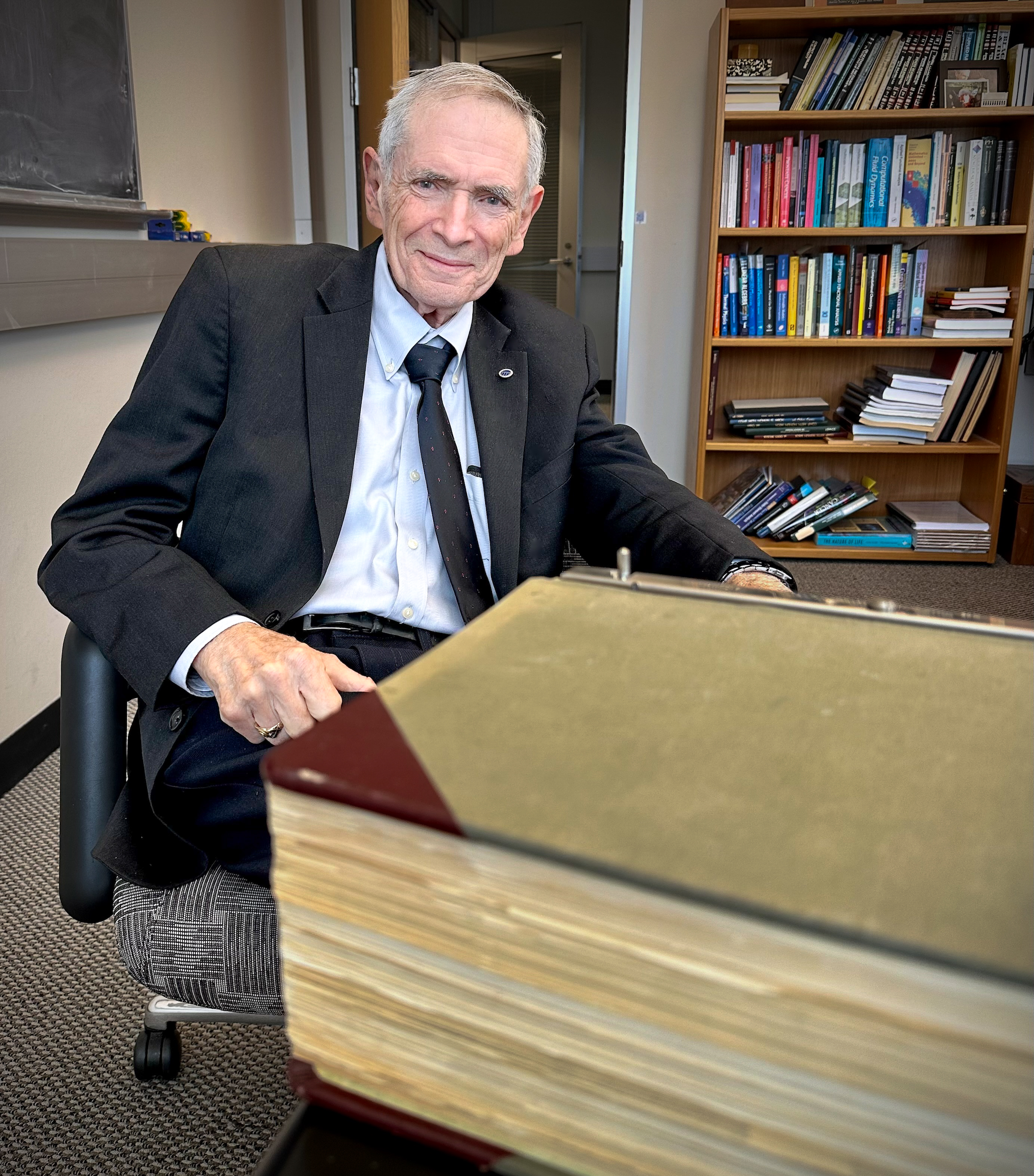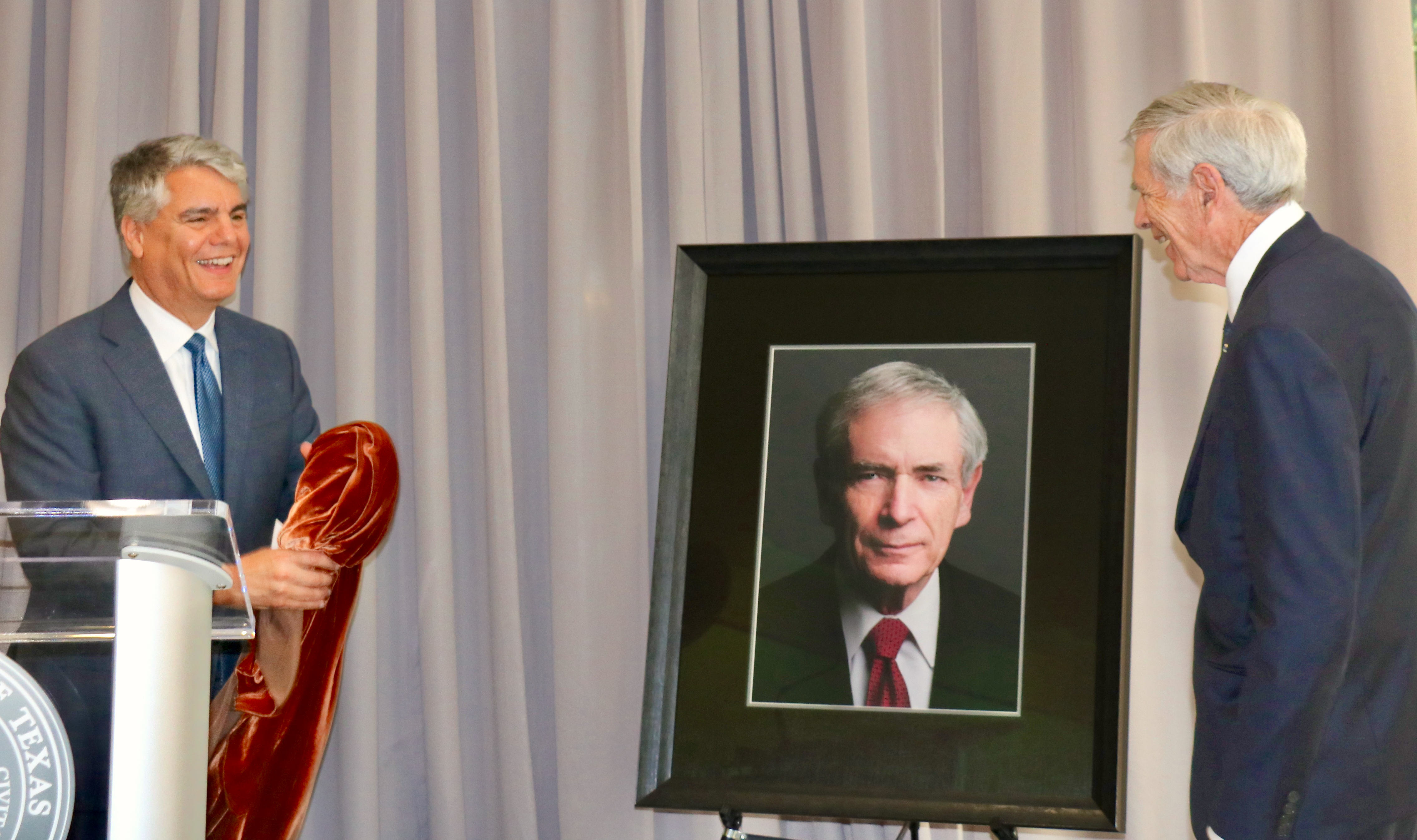J. Tinsley Oden was firmly planted at The University of Texas at Austin long before the What Starts Here Changes the World branding existed. There is no doubt, however, that he may be the one of the reasons this statement is so relevant.
Oden, who is credited with the term ‘computational mechanics,’ has spent the last 50 years of his career at UT Austin, and he is the founding director for the institute that now bears his name: The Oden Institute for Computational Engineering and Sciences. At times, it’s difficult to separate Oden the man from Oden the Institute - they are intertwined like branches on a mature tree.
On the cusp of its half-century anniversary, which will be celebrated this September, the seed for the interdisciplinary Institute was planted by Oden. With support from multiple university presidents, Peter O’Donnell and the O’Donnell Foundation (ODF), and W.A. ‘Tex’ Moncrief, the Oden Institute, which began with minimal initial funding and no building to call home, is now a renowned research Institute in the Peter O’Donnell Building, with a global reach.
A Louisiana native with now deep Texas roots, Oden, often clad in his black cowboy boots at the Institute, earned his bachelor’s degree in civil engineering from Louisiana State University in 1959, and his PhD in Engineering Mechanics from Oklahoma State University in 1962. His academic career took off at the University of Alabama in Huntsville, where he taught for nine years and was chairman in the Department of Engineering Mechanics.


